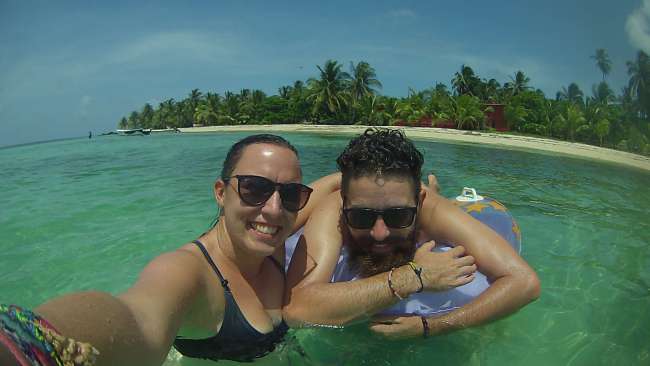Welcome to the realm of the Incas
ຈັດພີມມາ: 24.11.2016
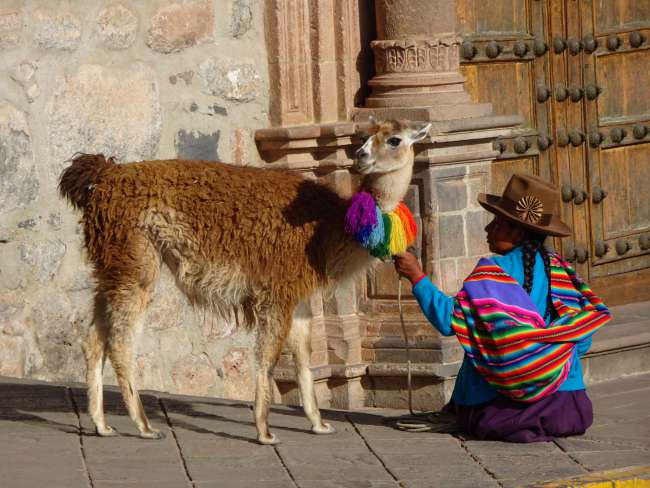
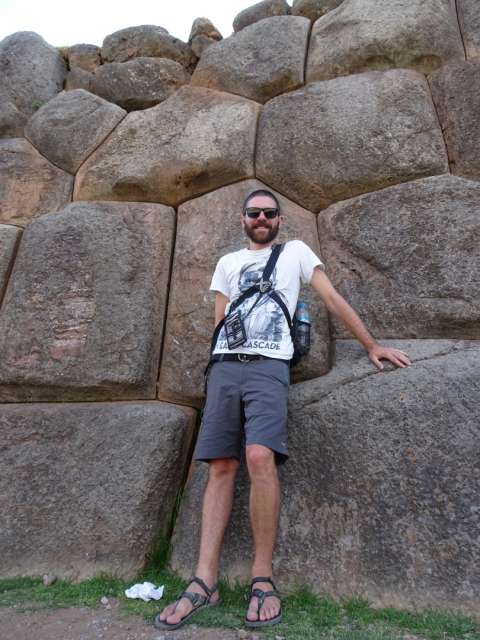
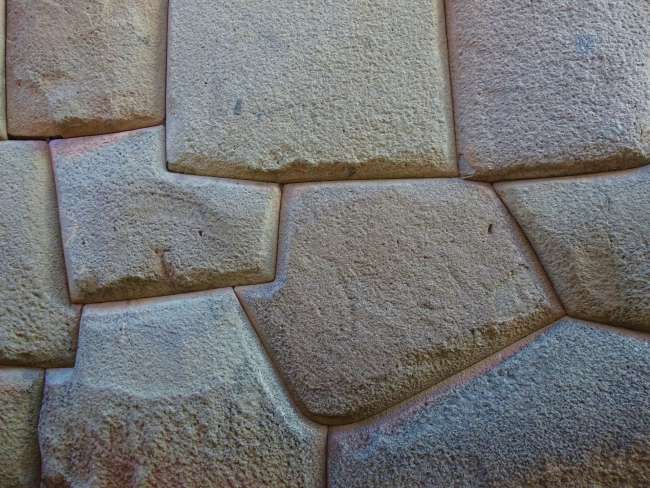
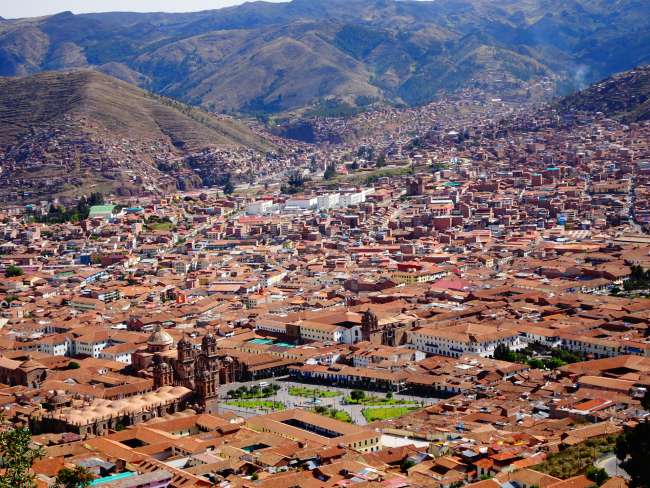
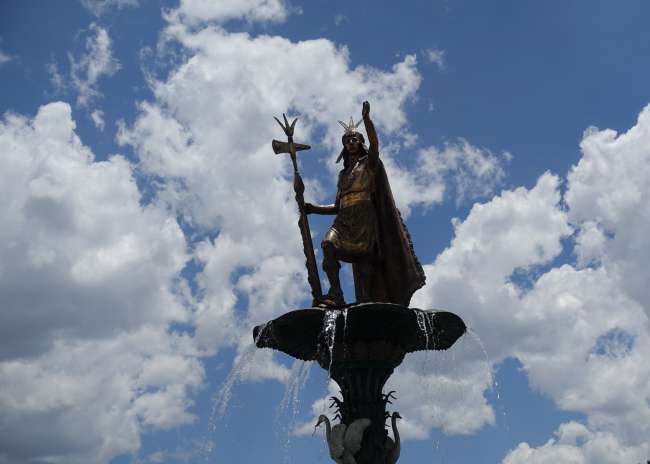

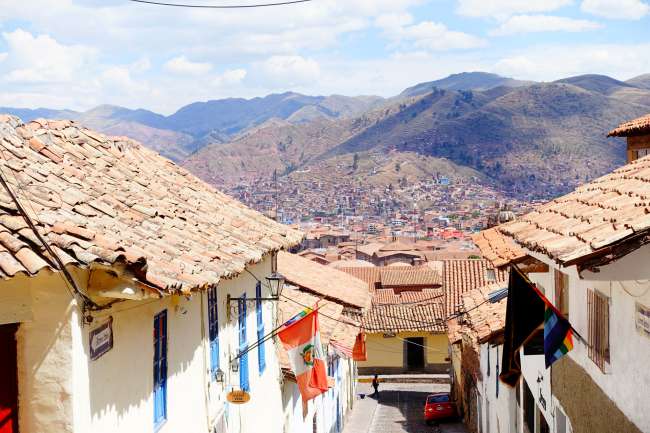
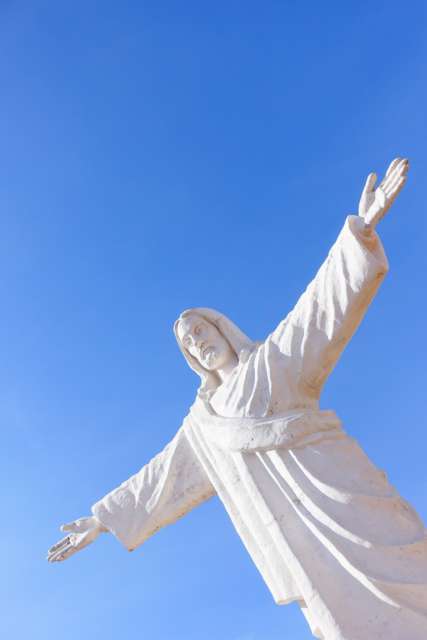
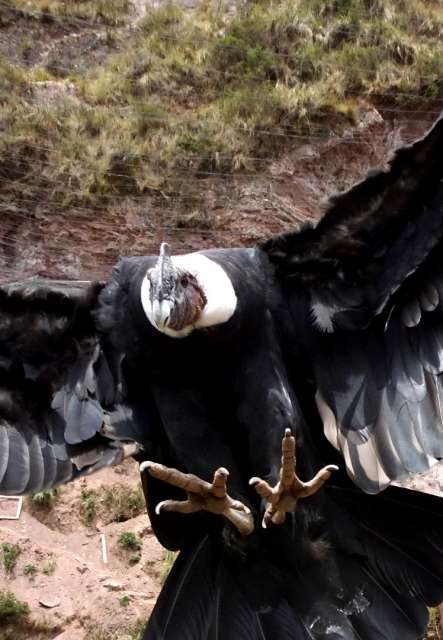
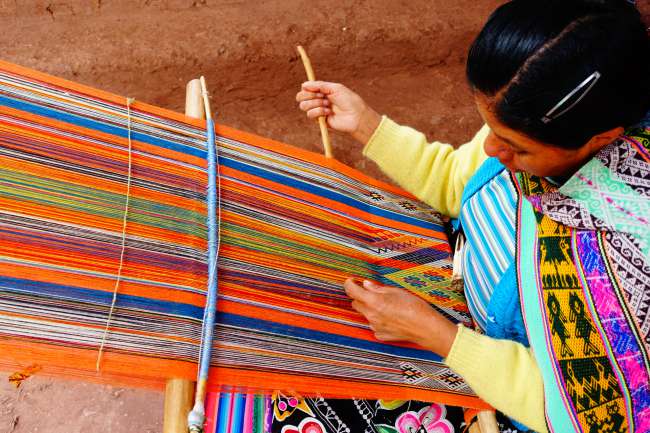
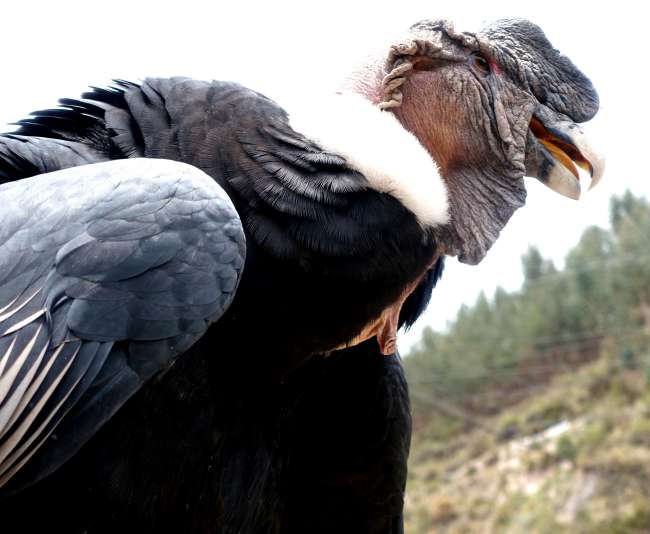
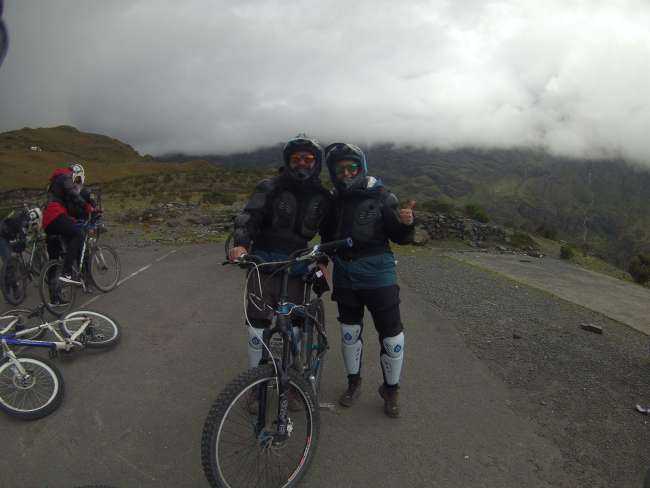
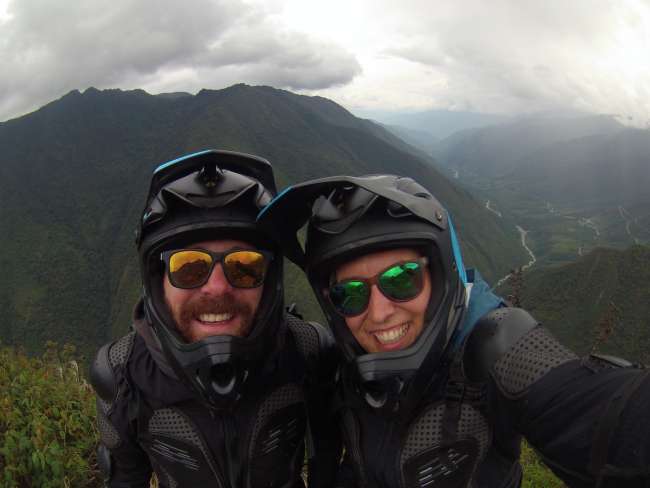
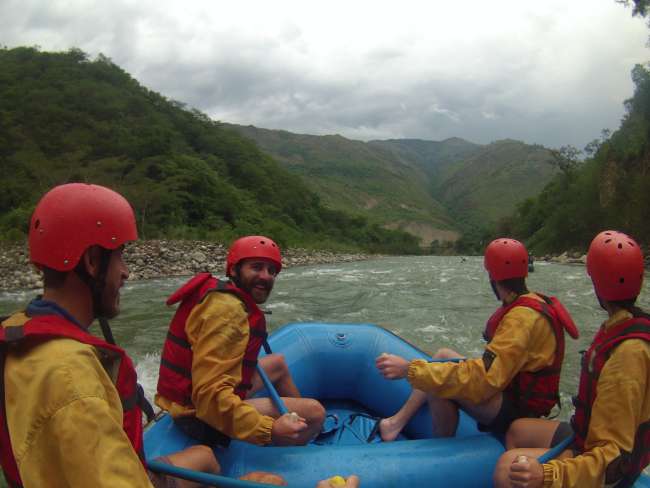
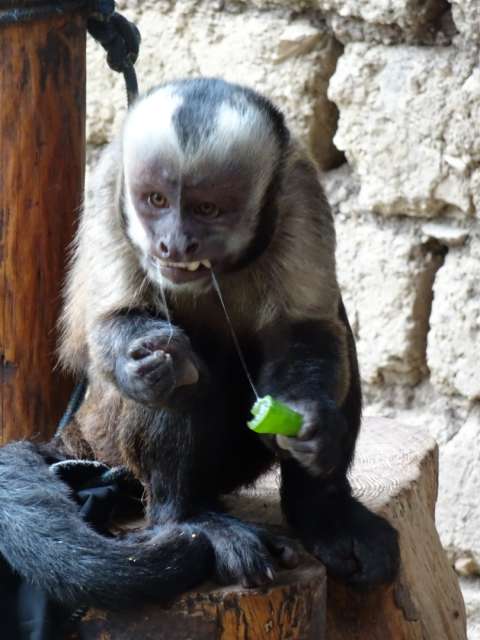
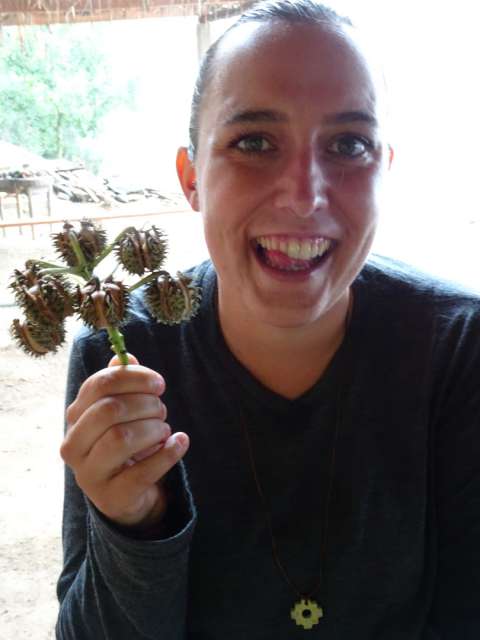
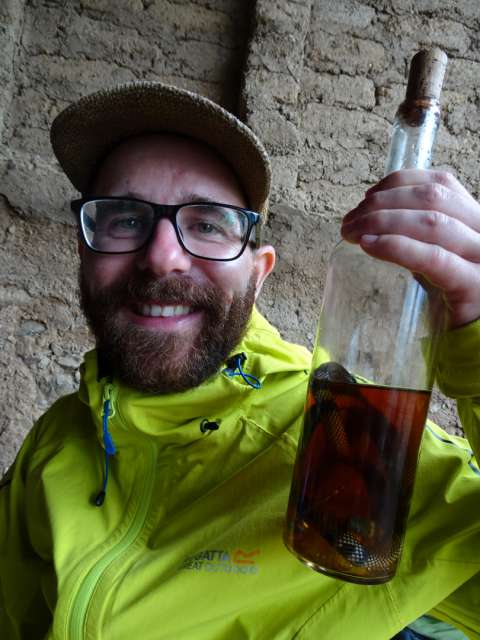
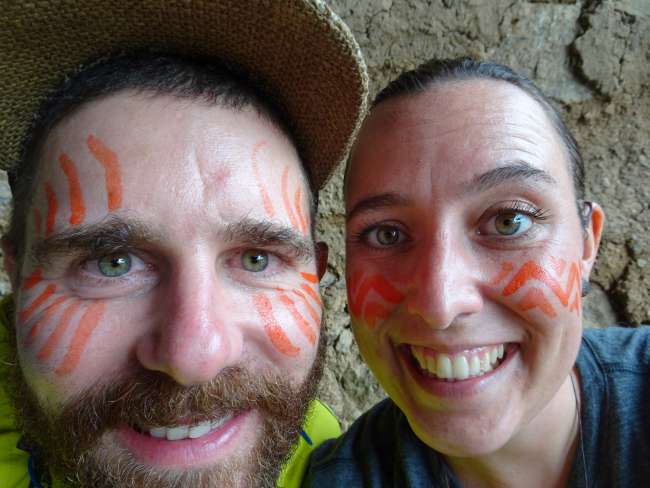
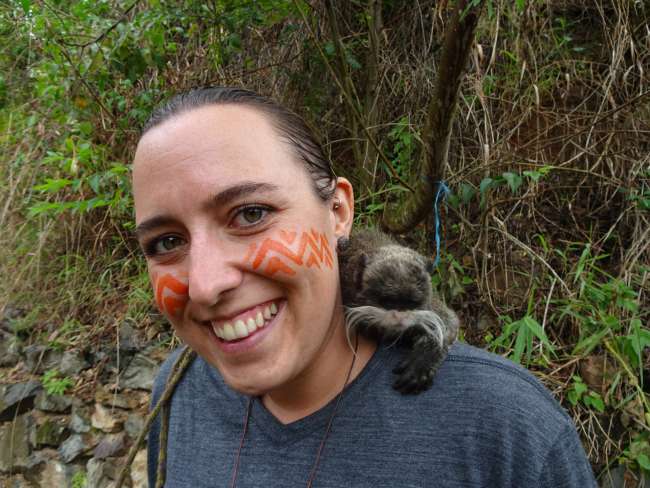
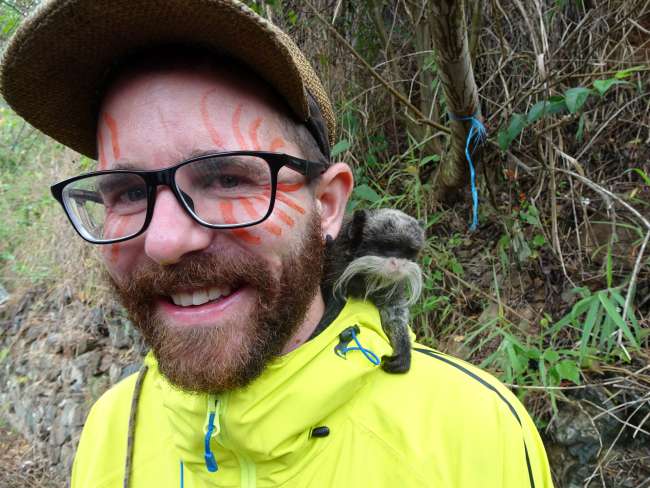
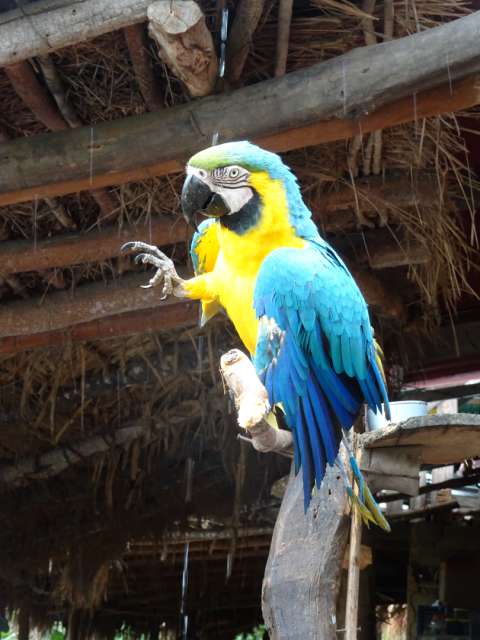
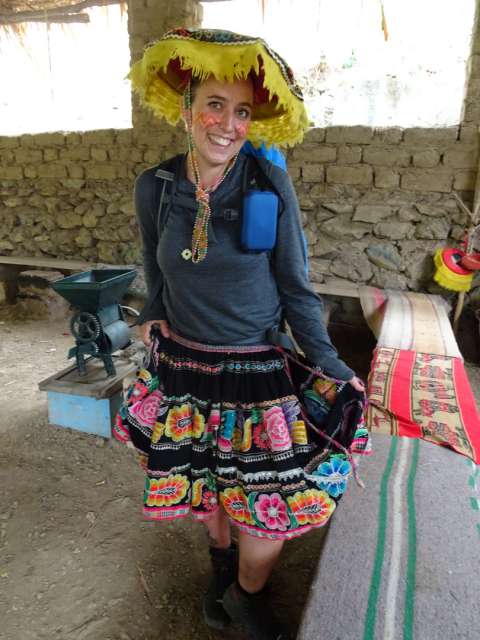
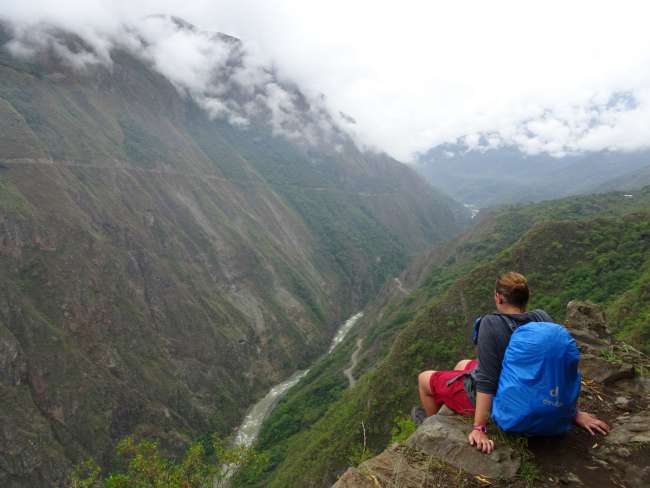
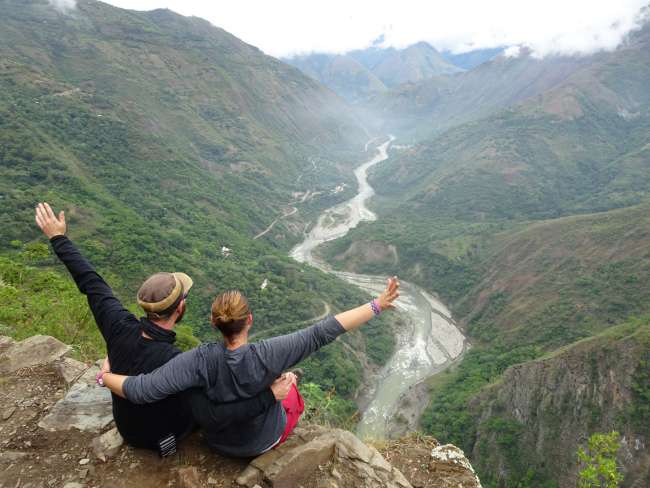
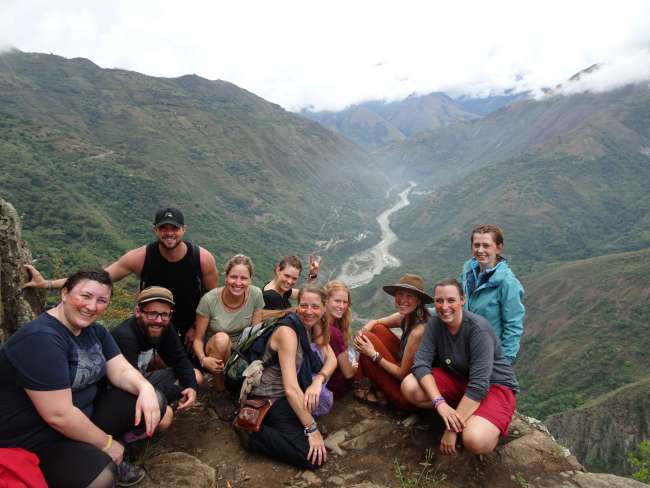
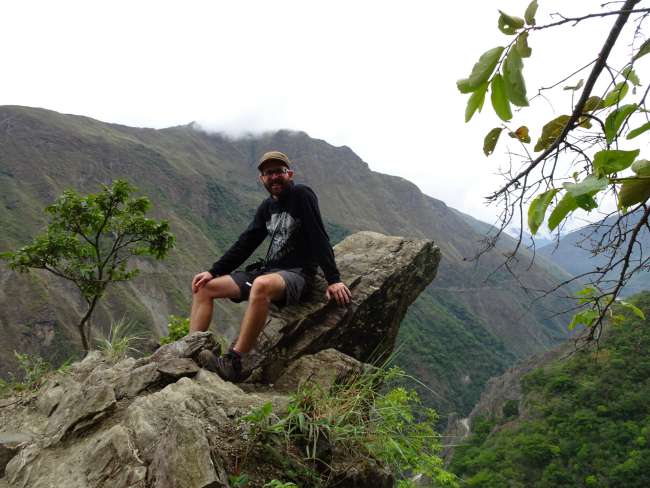
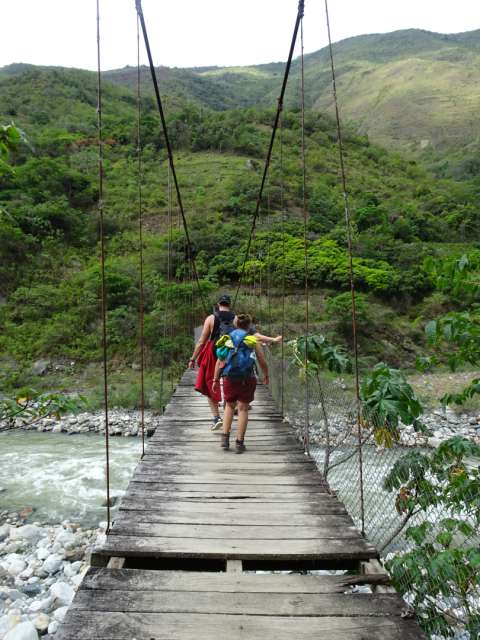
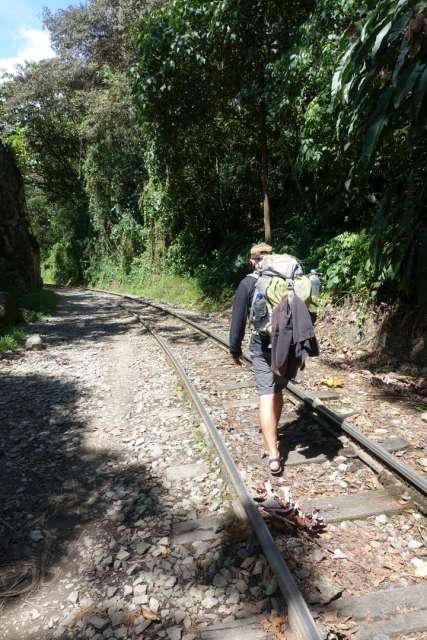
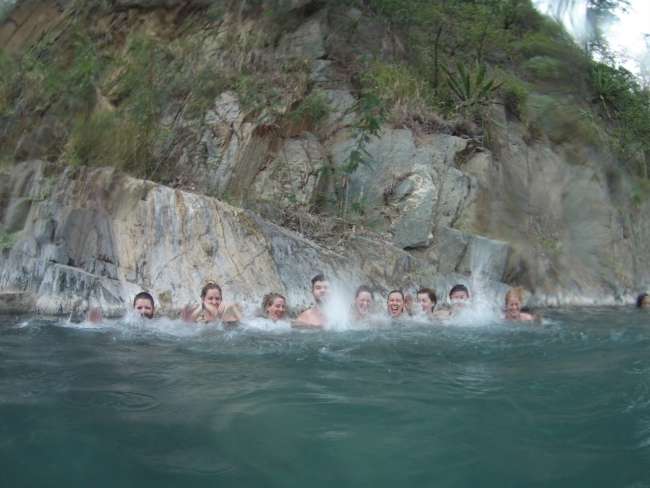
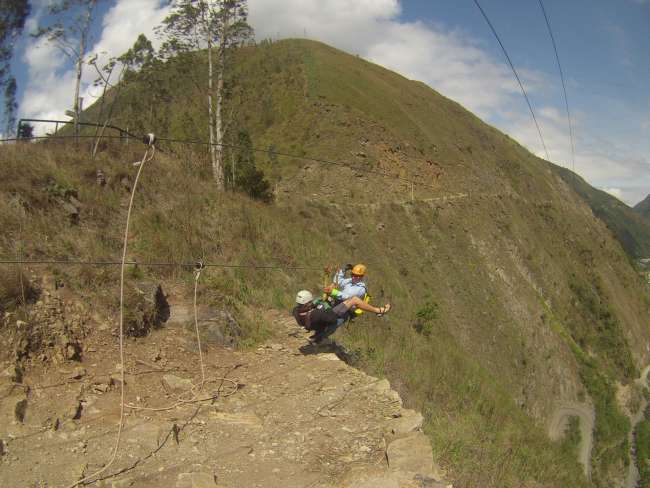
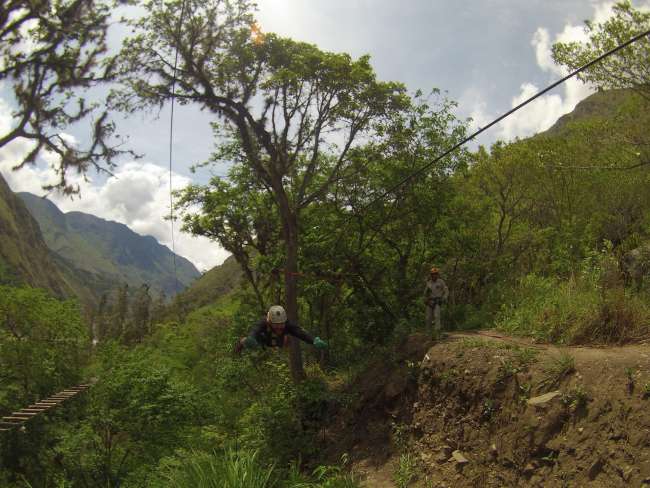
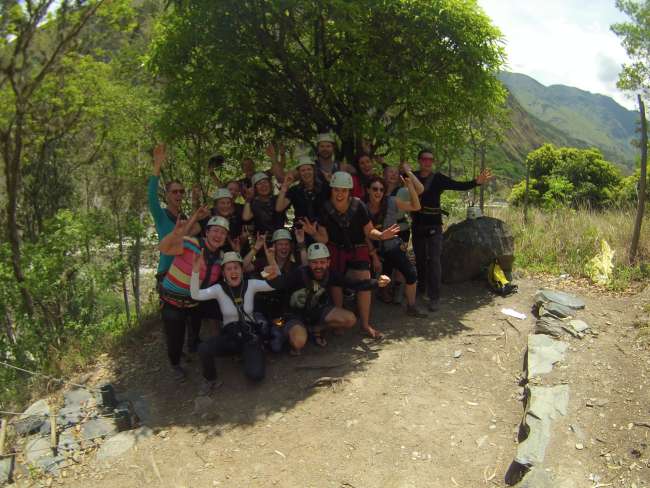
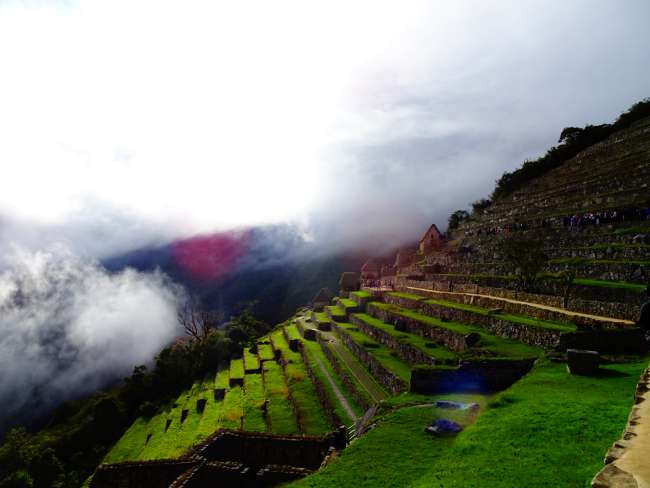
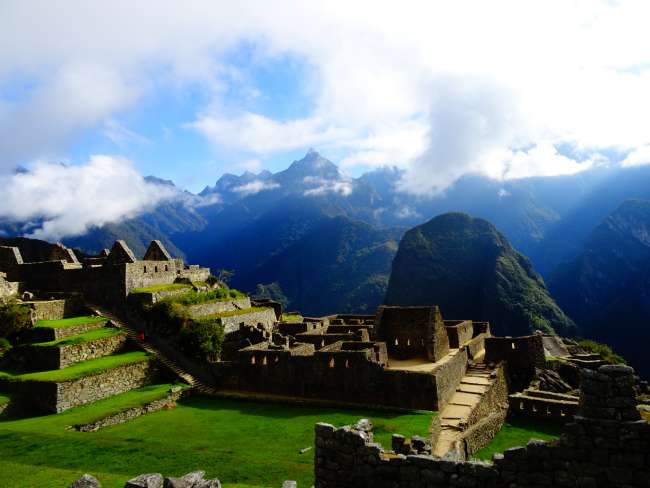
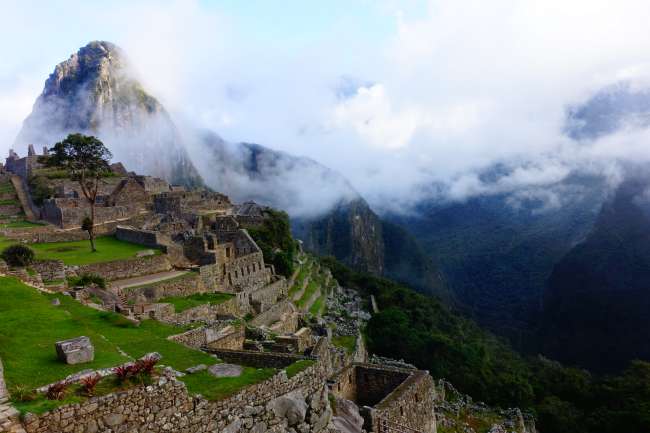
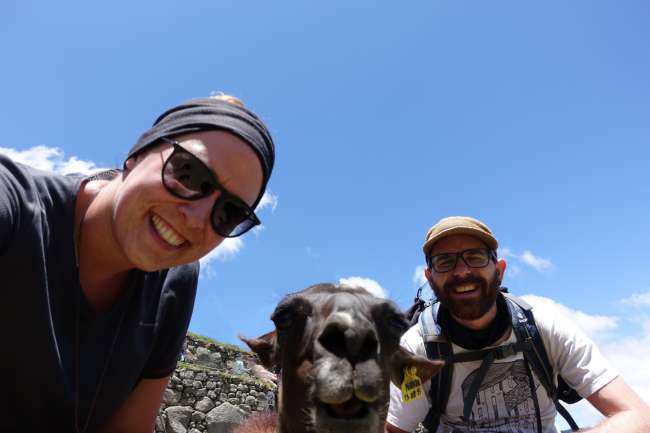
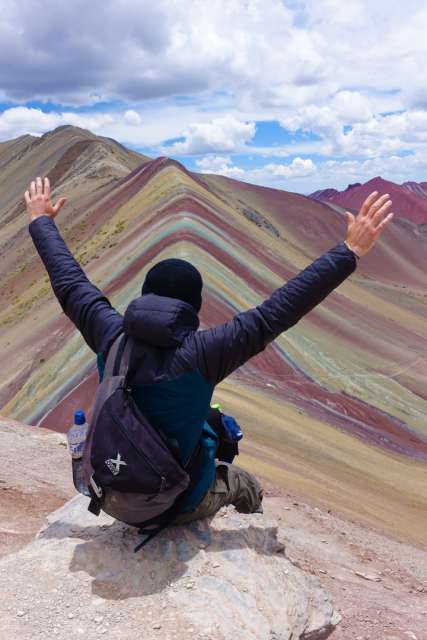
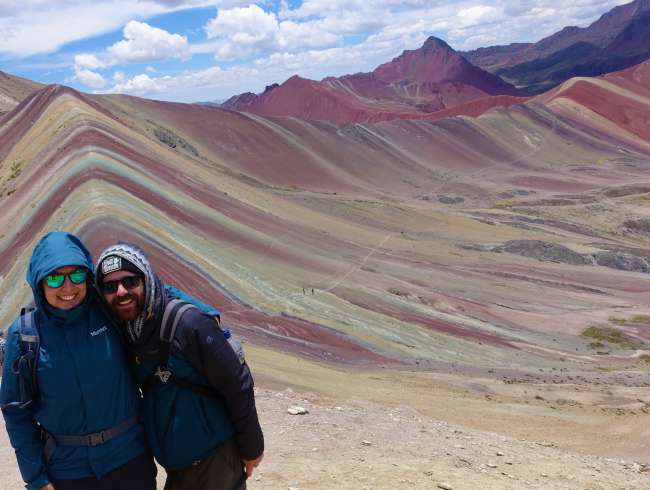
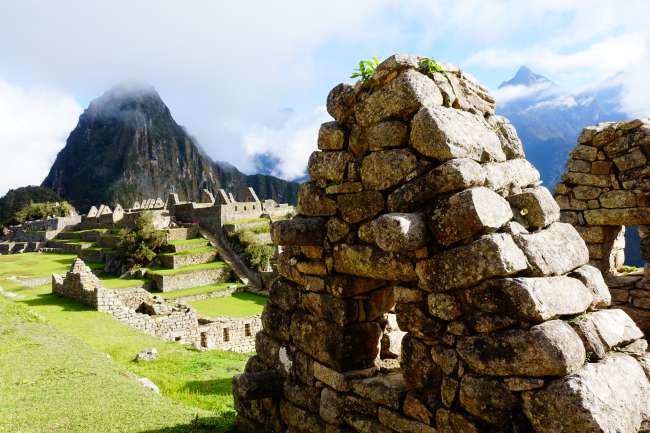
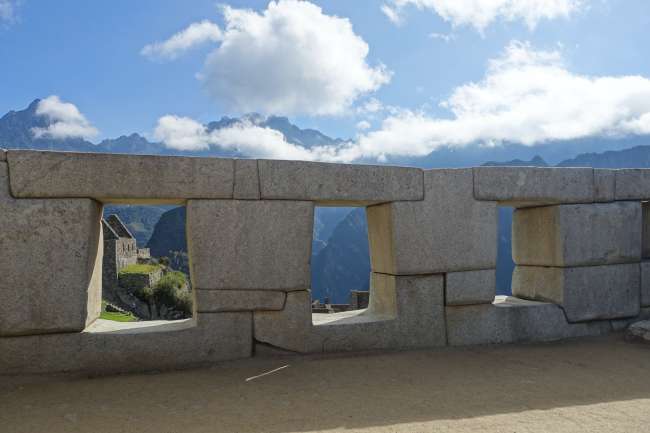

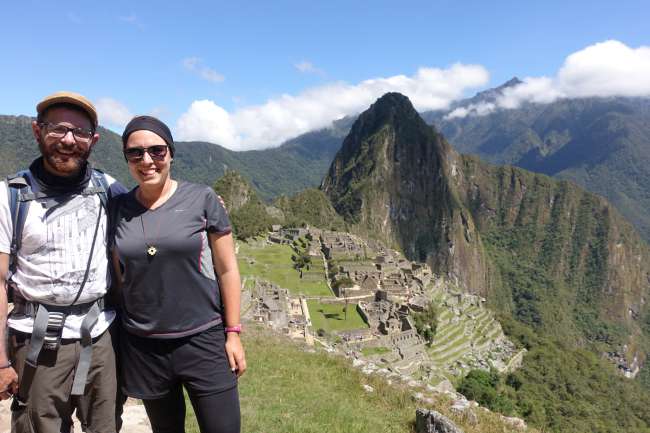
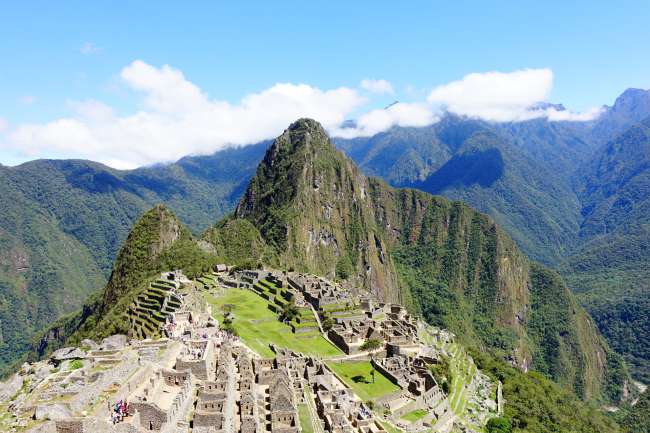
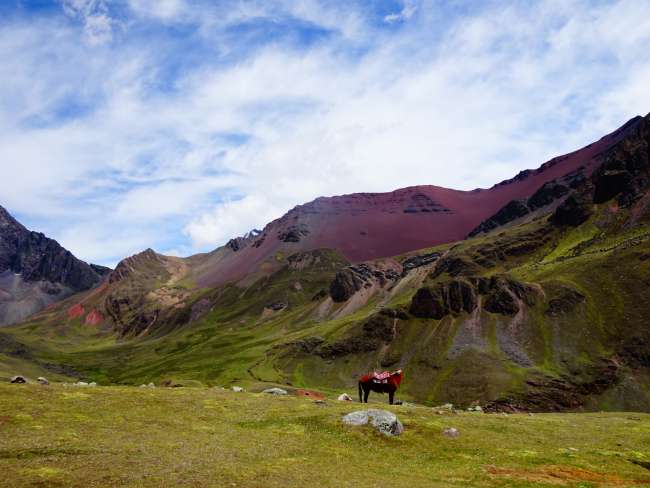
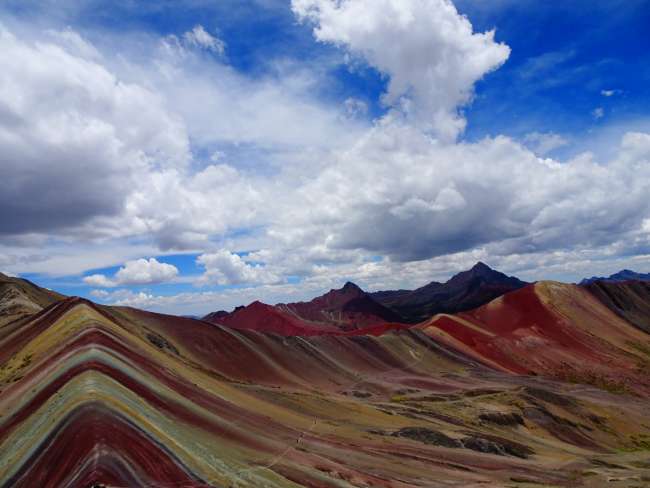
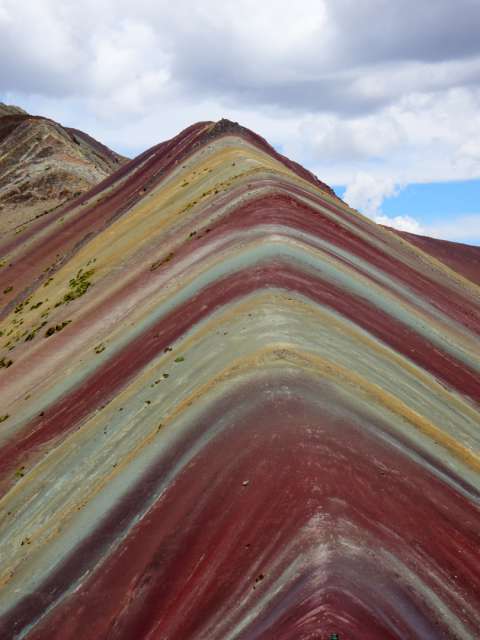
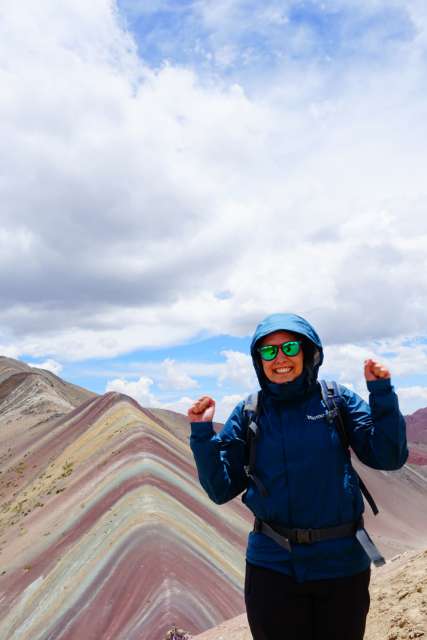
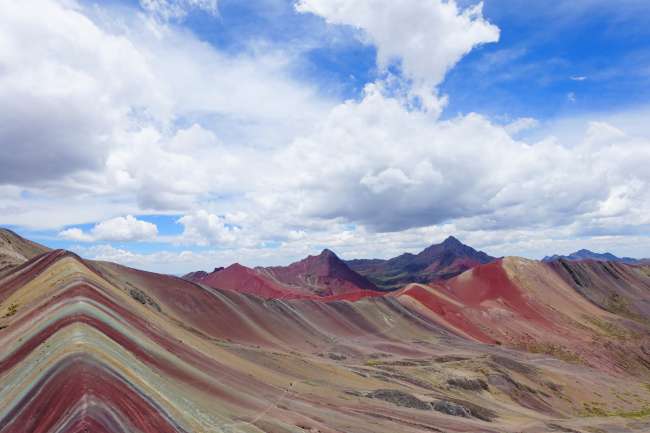
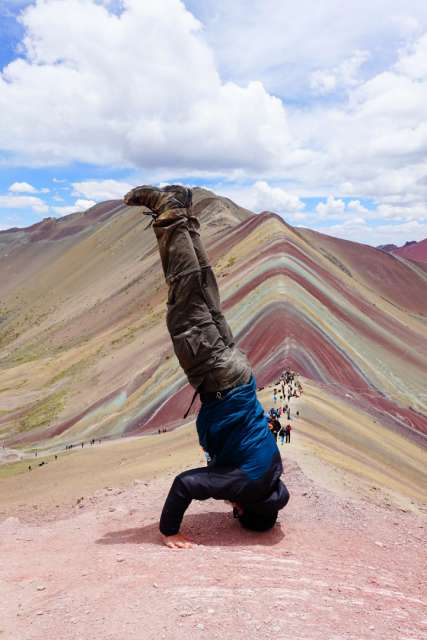
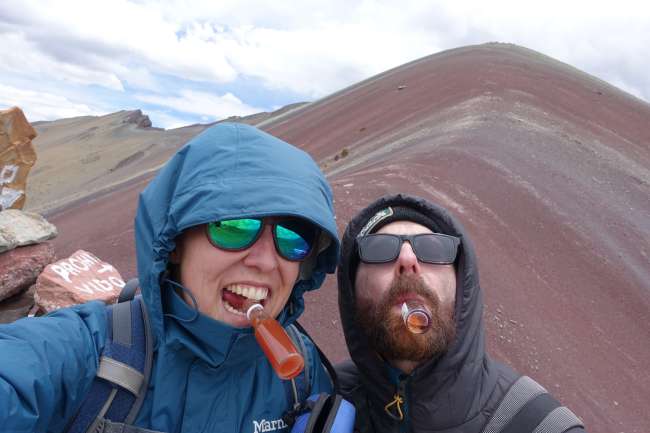
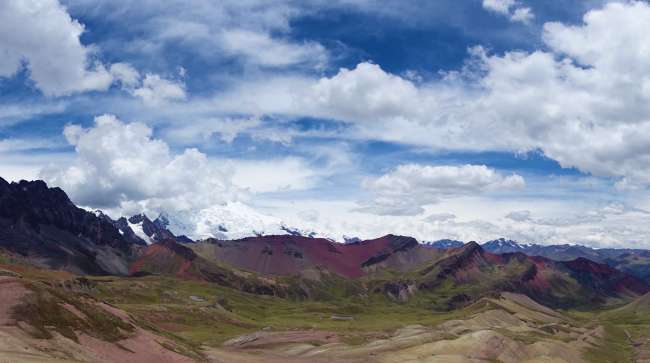
ຈອງຈົດຫມາຍຂ່າວ
We are now in the last hours in Cusco before we continue to Puno tonight and then to Bolivia, to Copacabana on Lake Titicaca.
The past few days here in Cusco, the archaeological capital of South America, have been filled with action and breathtaking nature. You could probably spend a whole year here in Cusco and the Sacred Valley and still not see everything. But since we are already true experts in pre-Inca cultures (we can now distinguish the Chachapoyas, Moche, Chimú, and Nazca blindfolded), we didn't have to examine every Inca stone here anymore, but actually just wanted to see this hyped Machu Picchu. Tourism in Cusco initially overwhelmed us and despite our great accommodation, we didn't feel very comfortable in this Gringo town: on every corner, someone tries to sell you a massage, an alpaca pendant, a tour, or a pumpkin guinea pig, in between there are Gringos who don't speak a word of Spanish and who can't tell the rainbow flag of the Inca Empire from the flag of the homosexuals and think that people here are constantly high because they chew coca leaves. Nevertheless, we wanted to give Cusco a chance and our freewalking tour guide Marco managed to awaken our enthusiasm for the city.
Cusco, "Navel of the World" in Quechua, was founded in around 1200 by the first Inca, the Son of the Sun, and was the capital of the huge Inca Empire until the Spaniards arrived on November 14, 1533, exactly the day we also arrived in Cusco. The Spaniards completely plundered Cusco, destroyed all temples and buildings, and used the stones to build churches, colonial buildings, and a cathedral. After melting all the gold and subjugating the inhabitants, the Spaniards turned their attention to their new capital, Lima, and Cusco was forgotten. Fortunately, this meant that the Spaniards never discovered Machu Picchu!
However, the Spaniards did not manage to erase all traces of the Inca capital: Everywhere you can still find walls and facades made of Inca stones, which must have possessed superhuman powers to create such structures. The stones, the size of an elephant's head, fit together seamlessly without any binding material, not even a vicuña hair fits between them. Our guide Marco is convinced that the Incas had the help of giants, as his grandfather once found a giant bone that confirms the existence of these beings. When you look at the landscape here, it is also not far-fetched to imagine mythical creatures that could have lived here, a mixture of Lord of the Rings and Avatar, fantastically unreal!
Machu Picchu called us, but we couldn't decide how to get there: a day trip by train, a 4-day hike over the Salkantay pass, the traditional Inca Trail, ... the choices were many, the prices exorbitant, and my desire to see this stupid hill was fading. I had actually planned to book the Inca Jungle Trek, but the idea of downhill biking, rafting, and ziplining did not generate any enthusiasm in Tömmi. But after I had calculated for him that the price-performance ratio is simply unbeatable, I had convinced him, because cheap always works with the Swabians ;-)
Over the next 4 days, our SexyLlama group approached Machu Picchu first on mountain bikes (50 km downhill on a winding road with crazy Peruvian oncoming traffic), then 2 hours in a raft on the Urubamba River, on the second day on foot for 8 hours through the jungle with a great reward of hot springs in the evening, on the third day with ziplining (flying over the canyons at 90 km/h like Superman was pretty cool), and finally a hike along the train tracks from Hidroelectrica to Aguas Calientes, the little resort town at the foot of MP. Even though Tömmi had a lot of respect for downhill biking, rafting, and ziplining (actually for all activities :-), he mastered them like a true Inca, he even had to sit in the front of the raft and paddled like a seal. He even exerted himself so much that he was plagued by unbearable back pain all night, and I was about to prepare a frog juice for the pain, but 2 ibuprofen did the trick.
Our guide Cesar, a proud Quechua, vividly and impressively explained the culture and traditions of the Incas to us, and never tired of emphasizing that he doesn't really like anything Spanish or the Peruvian government. We paid homage to Pachamama (Mother Earth) with 3 coca leaves and learned all about the Tawa Chakana (Andean Cross), which symbolizes the entire Inca cosmos of beliefs. I had found an Andean cross necklace in the Colca Canyon and didn't know its meaning until Cesar explained it to me, since then I have been wearing the necklace with pleasure, he said maybe the necklace found me too. Condor - Puma - Snake: Future - Present - Past: Heaven Hanq Pacha - World of Humans Kay Pacha - Underworld Ukhu Pacha: I help you - You help me - We help each other: Be fair - Be strong - Be wise: Absolute equality of men and women: Sun - Moon - Earth - Cardinal Directions ... just to name a few meanings. It still reflects all the values of a functioning society very well, I think!
But the way the locals here always portray Inca culture as pure peace and alpaca stew doesn't really fit into my image. At all the pre-Inca sites we have visited so far, we were told that the Incas brutally and warlike subjugated and enslaved all other cultures and tribes, without regard for losses... in my opinion, there is no big difference compared to the actions of the Spaniards?!?
But not only Inca culture was taught to us, we visited a coffee and chocolate farm, made acquaintance with a friendly mustached monkey named Mona Lisa, drank snake schnapps, and got to know the local flora and fauna. The nature there is so untouched and beautiful that I could easily set up a straw hut and grow cocoa there... if it weren't for the evil mosquitoes. Already on the first evening of the trek, most of our group was so bitten that we stopped counting at 100 stings per leg. Reed, our US giant, was hit so badly that his feet were too swollen to fit in his sneakers and he had to hike in flip-flops. The peak of the mosquito plague was reached with me on the last evening when one of those pests stung me in the eyelid in the shower, so I had the privilege of admiring Machu Picchu with a Karl Dall eye.
On the last day, Cesar led us promptly at 06:00 through the gate of MP and behind every corner, we expected to see a blue avatar on a flying dinosaur, so unreal the fog-covered ruins city lay before us. Although we had to leave in the middle of the night at 04:00, all fatigue was forgotten and even Cesar's explanations only grazed my ear, because my eyes needed all their strength to absorb this natural scenery. These crazy Incas have really chosen an incredibly beautiful place for their temple city. Even though Cesar logically explained to us that millions of Incas worked the stones with water and sand until they fit together perfectly - I find the theory with the giants more believable because one simply cannot imagine how humans could create something like this. And I'm not just talking about the buildings, but especially the perfect astronomical alignment of the structures. The Sun Gate is exactly aligned so that twice a year, during the summer and winter solstices, the rays of the sun form a Tawa Chakana and immerse the metal-clad main temple in dazzling gold. When we placed an iPhone on a diamond-shaped stone, the corners of the stone EXACTLY indicated the cardinal directions, including the moving North Pole. Unbelievable that the Peruvian government does not better protect this wonder of the world. UNESCO has demanded a limit of 2400 visitors per day, but the government doesn't care, and so the majestic rock city is being trampled to death. A few years ago, when heads of state from China and the USA wanted to arrive by helicopter, the holy Pachamama rock, which extends deep into the ground and was the reason for the Incas to build their temples exactly at this location, was simply removed or torn out so that the helicopters could land there. You can guess which US president got out of the helicopter... it starts with a B and ends with ush!!
I also found it just as bad that only llamas are jumping around there for the tourists or lying panting and tortured from sunrise because it's actually too warm and not high enough for them... but we only found out about this after taking llama selfies.
After the two-hour tour with Cesar, we strolled around the ruins on our own for a bit, but eventually it stopped being fun because of the increasing number of visitors, and we walked back to Aguas Calientes, from where we took the train back in the evening.
Back in Cusco, we only took one day off because I really wanted to climb the Rainbow Mountains. We set off at 03:00 in the direction of the Ausangate Mountains, where we climbed the Vinicunca Pass at 5100 meters in about 3 hours. Although we crawled up the mountain like snails, we were actually the first of our group to reach the top before our guide, and we could enjoy the fantastic view of the colorful mountains. The Rainbow Mountains cannot be described in words, and even the photos only give a small impression. Tömmi put it aptly into words when he asked, "Who comes up with something like this?" ... The answer, "mineral rock and tectonics," does not do justice to the whole thing, and even the strictest atheist will inevitably turn their gaze gratefully towards heaven!
Our time here in Peru passed very quickly, and by now I believe that some Peruvian blood flows in me because the peculiarities of the Peruvians are very similar to mine: impatience, pushing, loud, colorful, ... just my thing. But now we are eagerly looking forward to Bolivia, if we can even enter the country. Since the day before yesterday, Bolivia has declared a state of emergency due to water shortages, and we don't know what awaits us there.
ຈອງຈົດຫມາຍຂ່າວ
ຄໍາຕອບ

ລາຍງານການເດີນທາງ ເປຣູ

